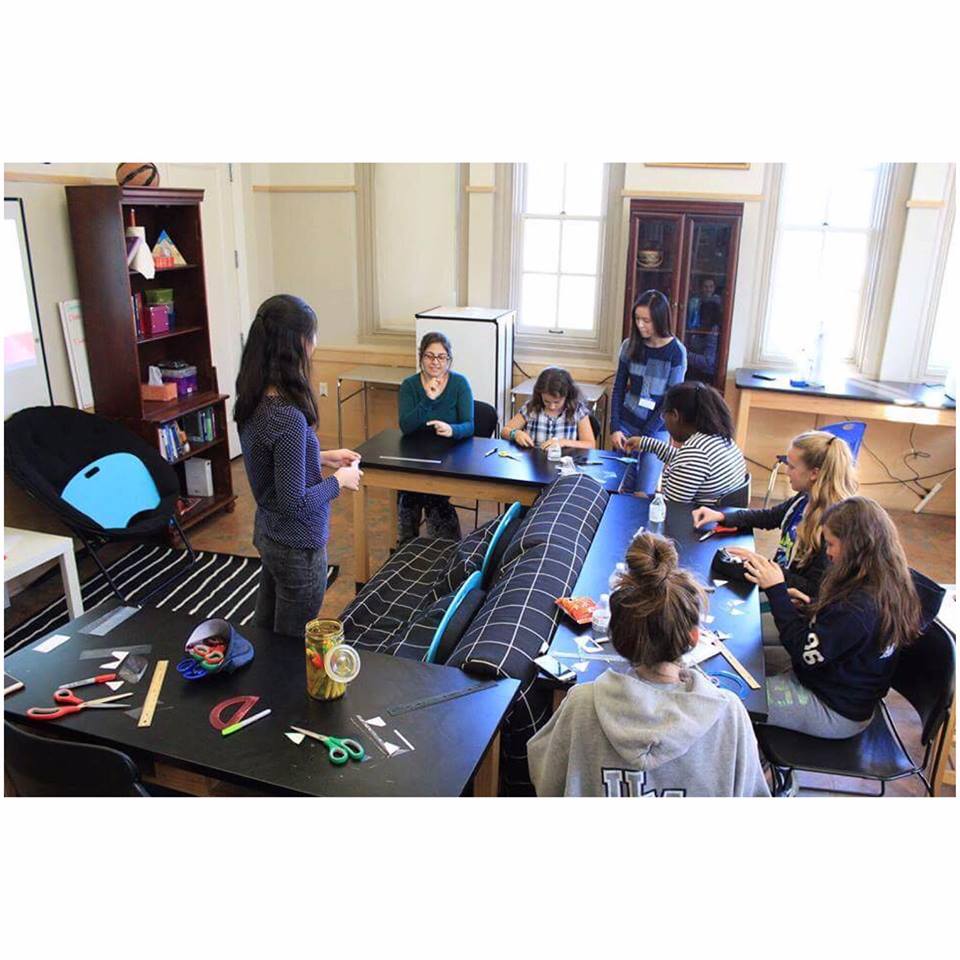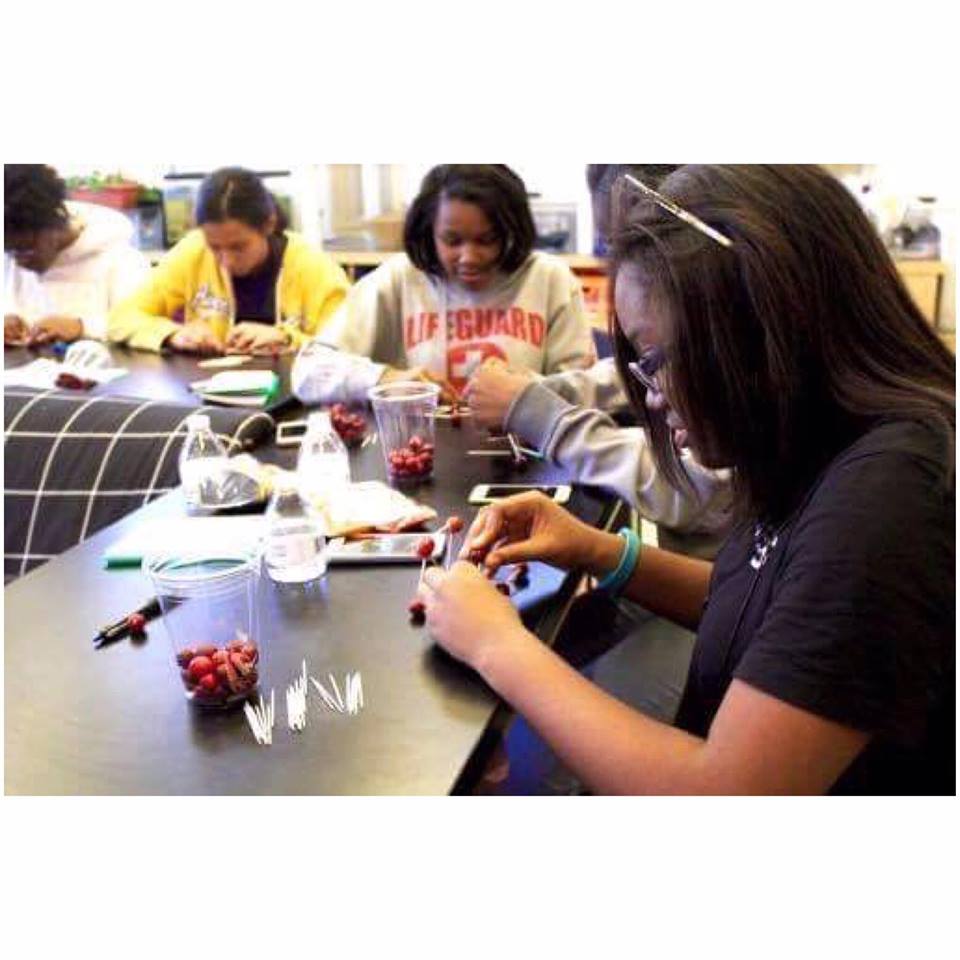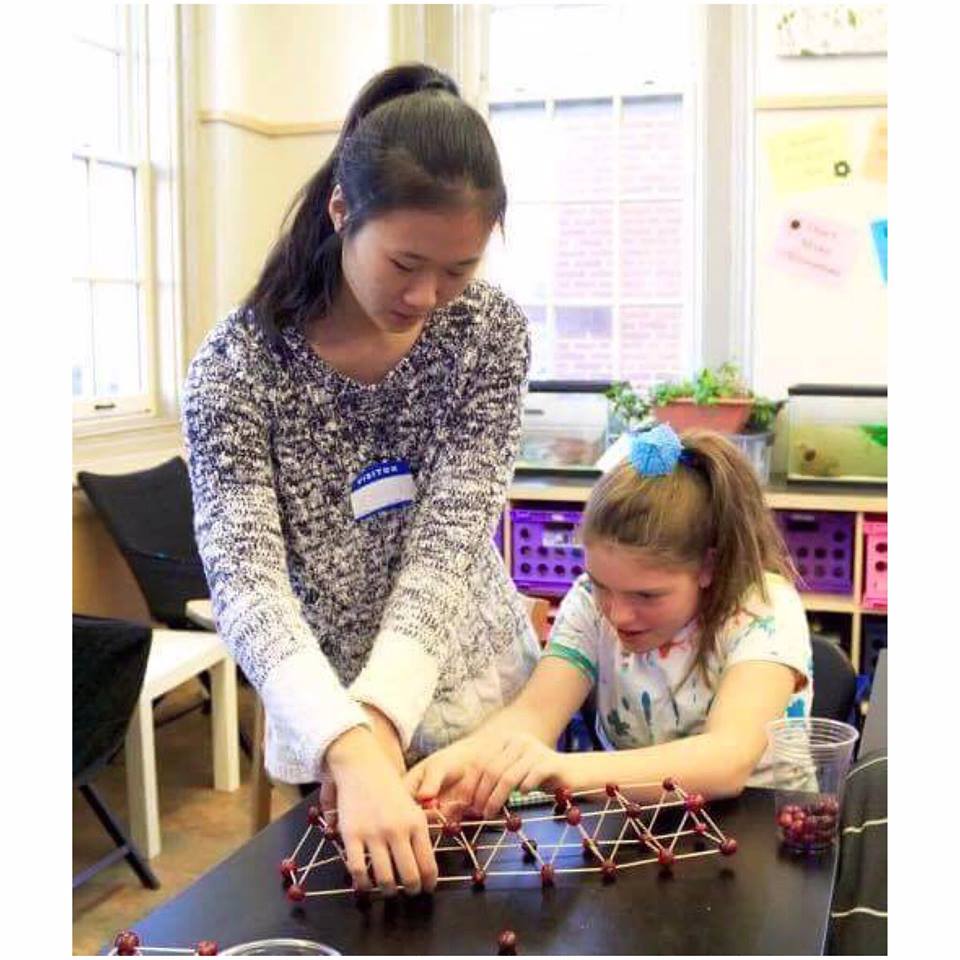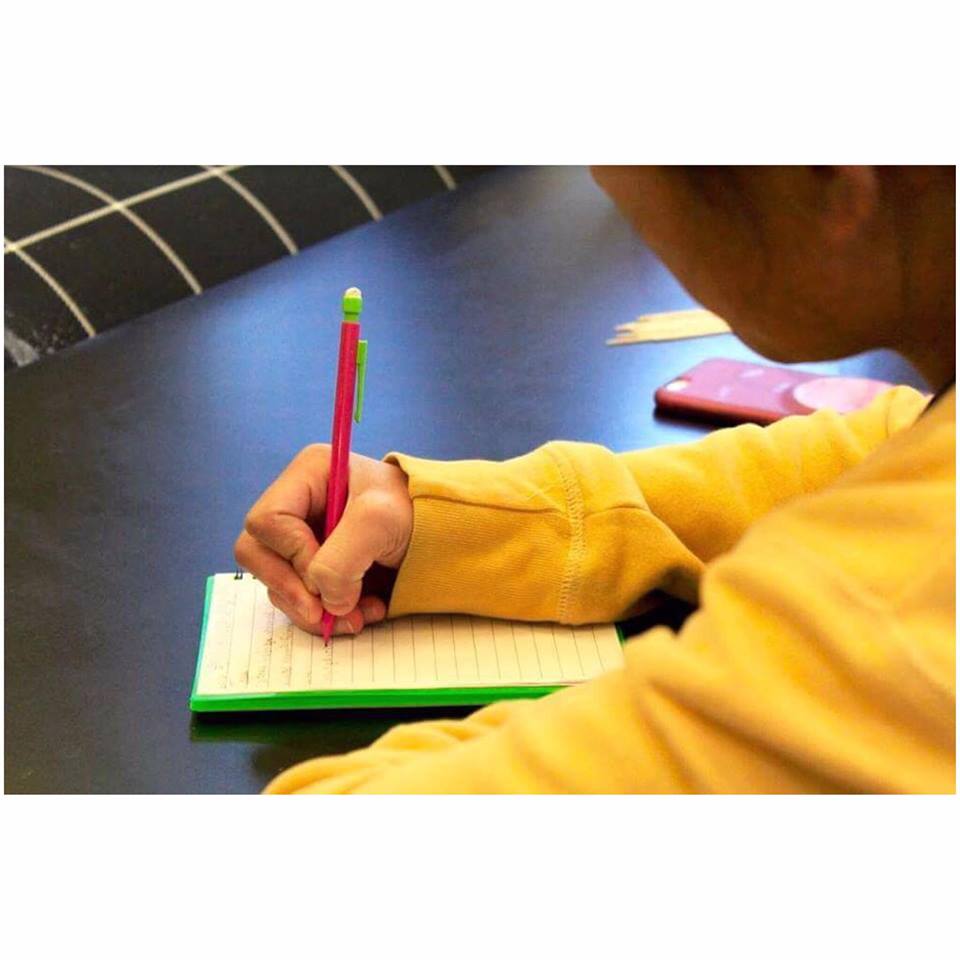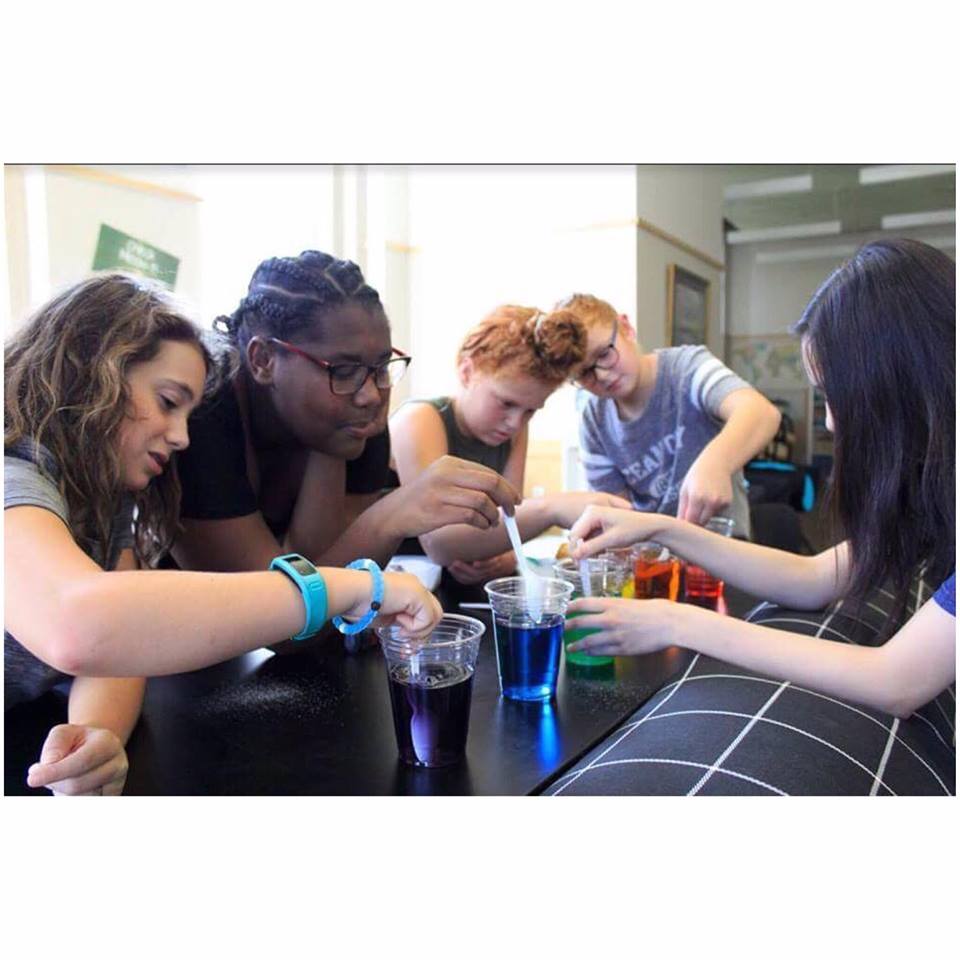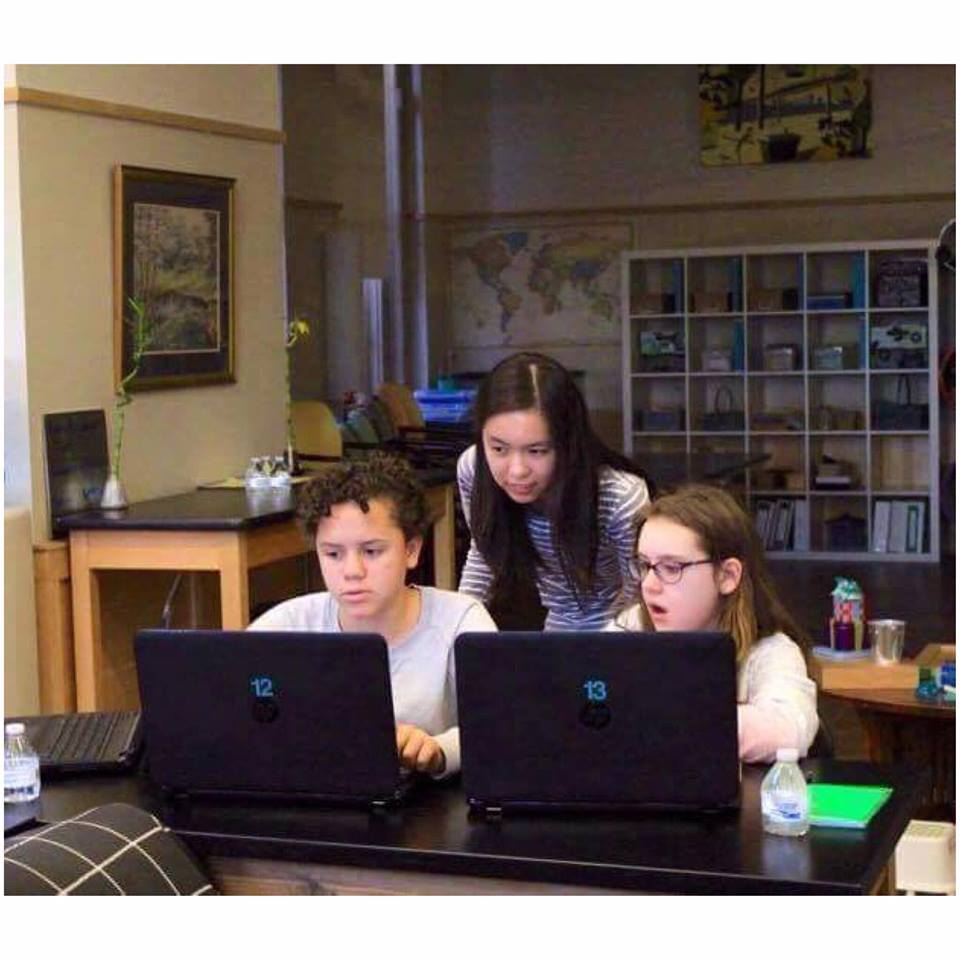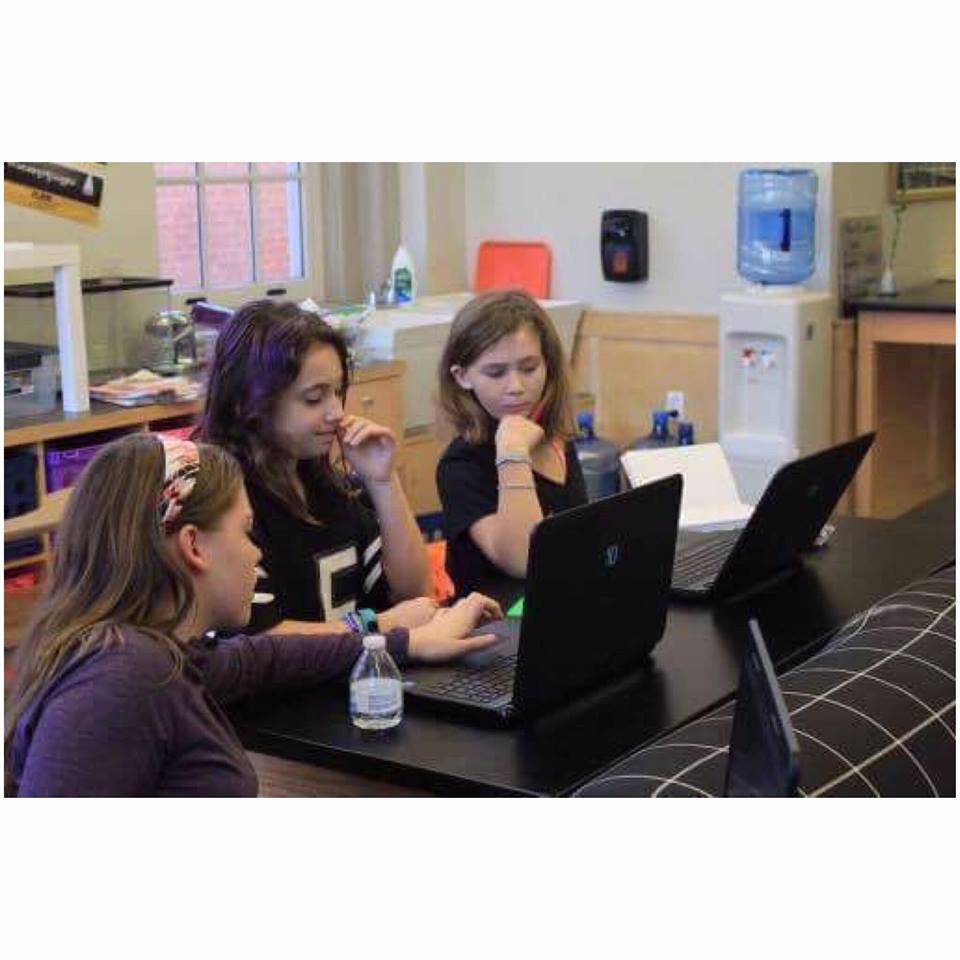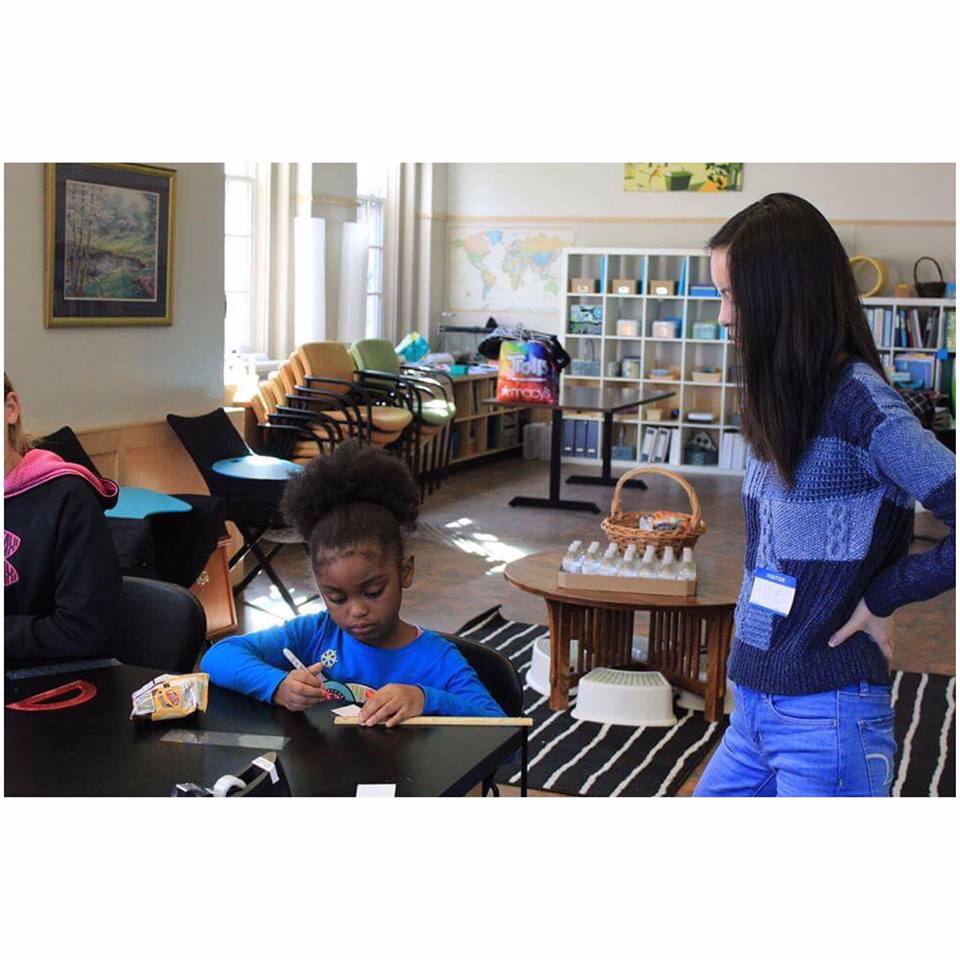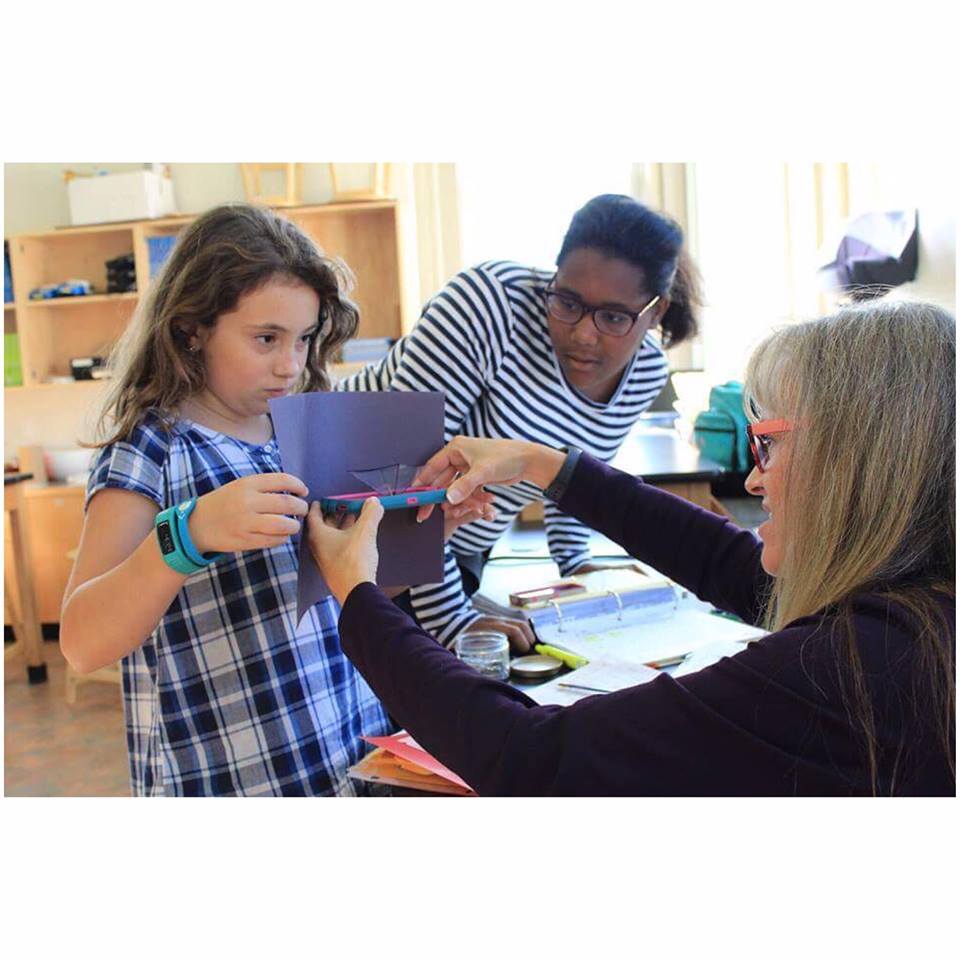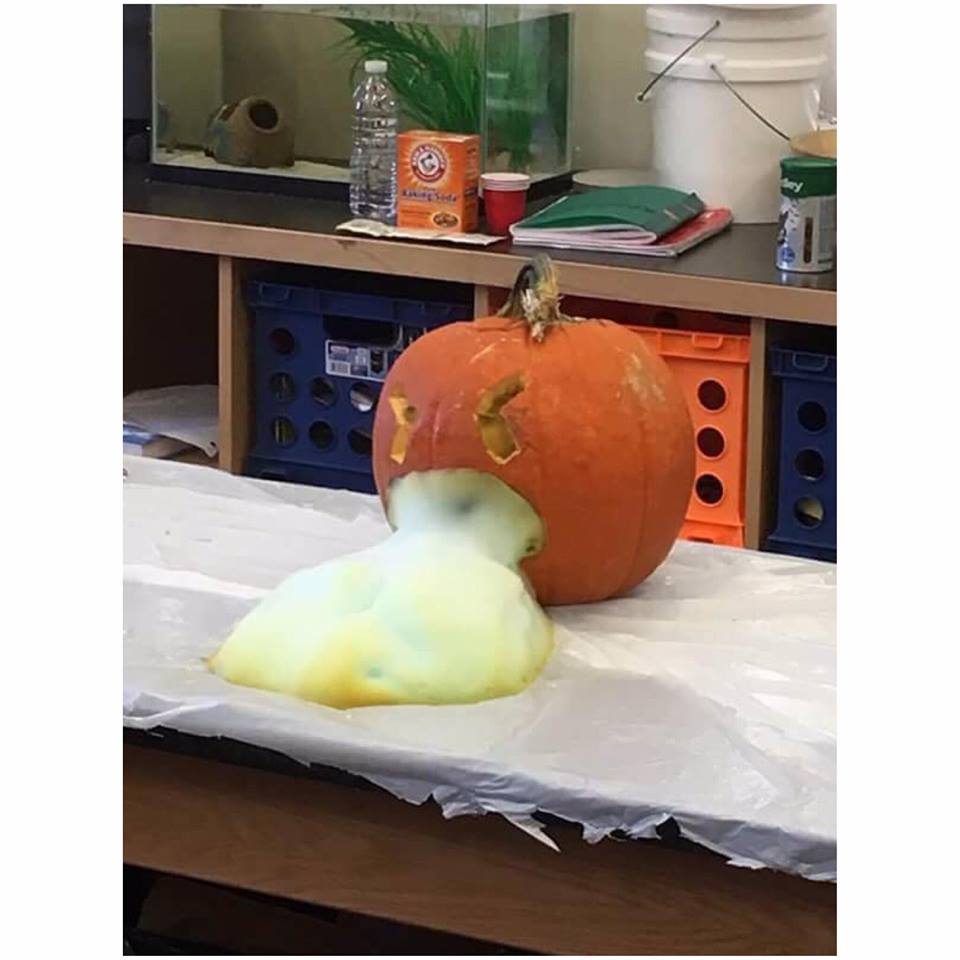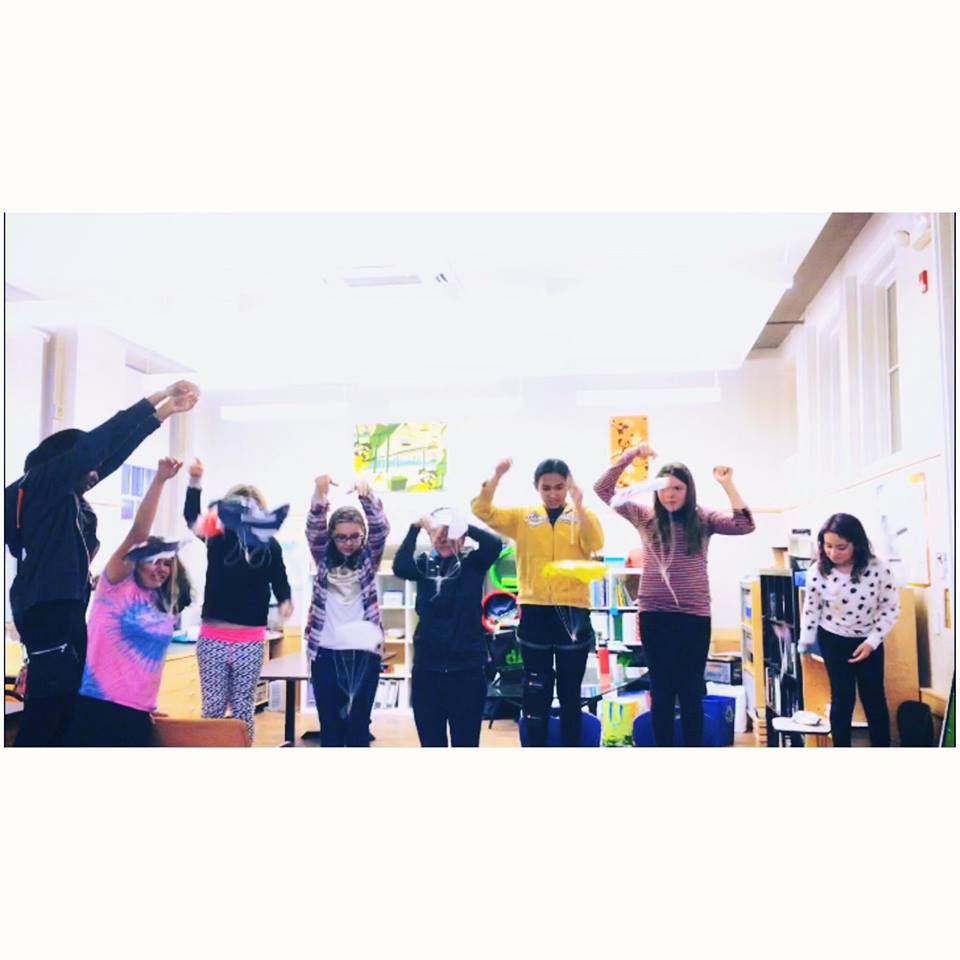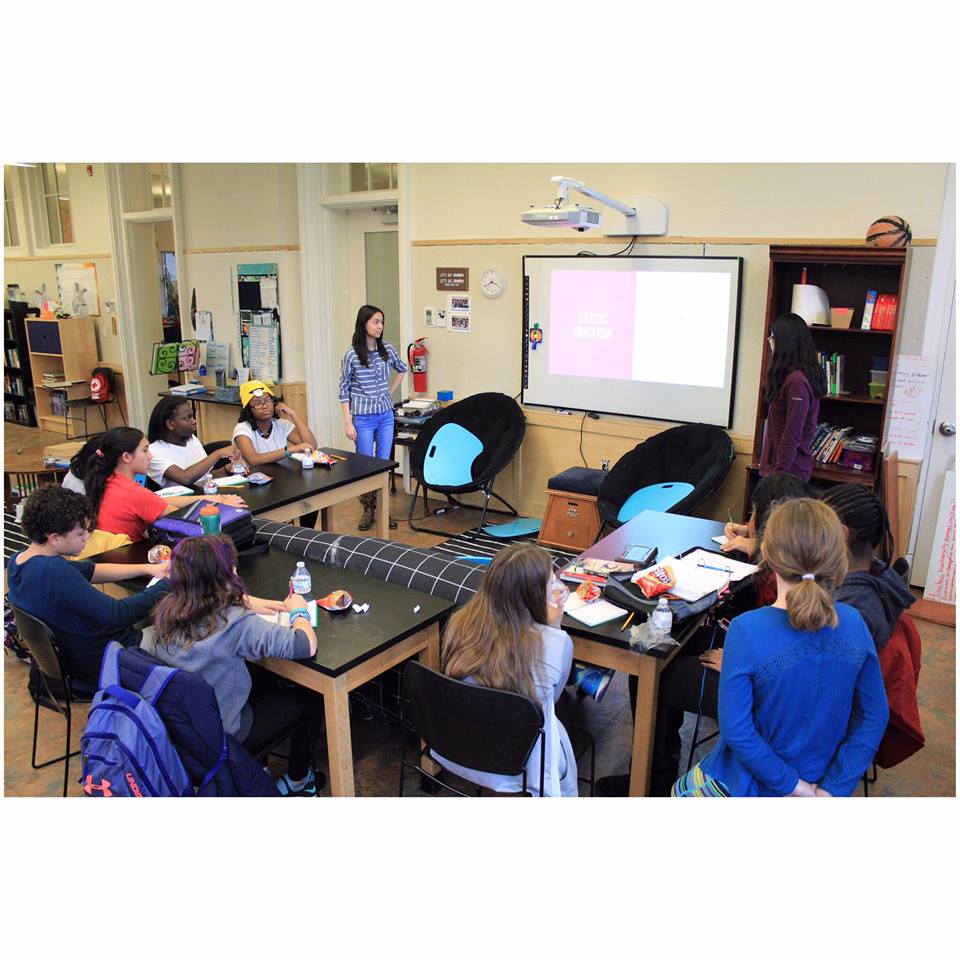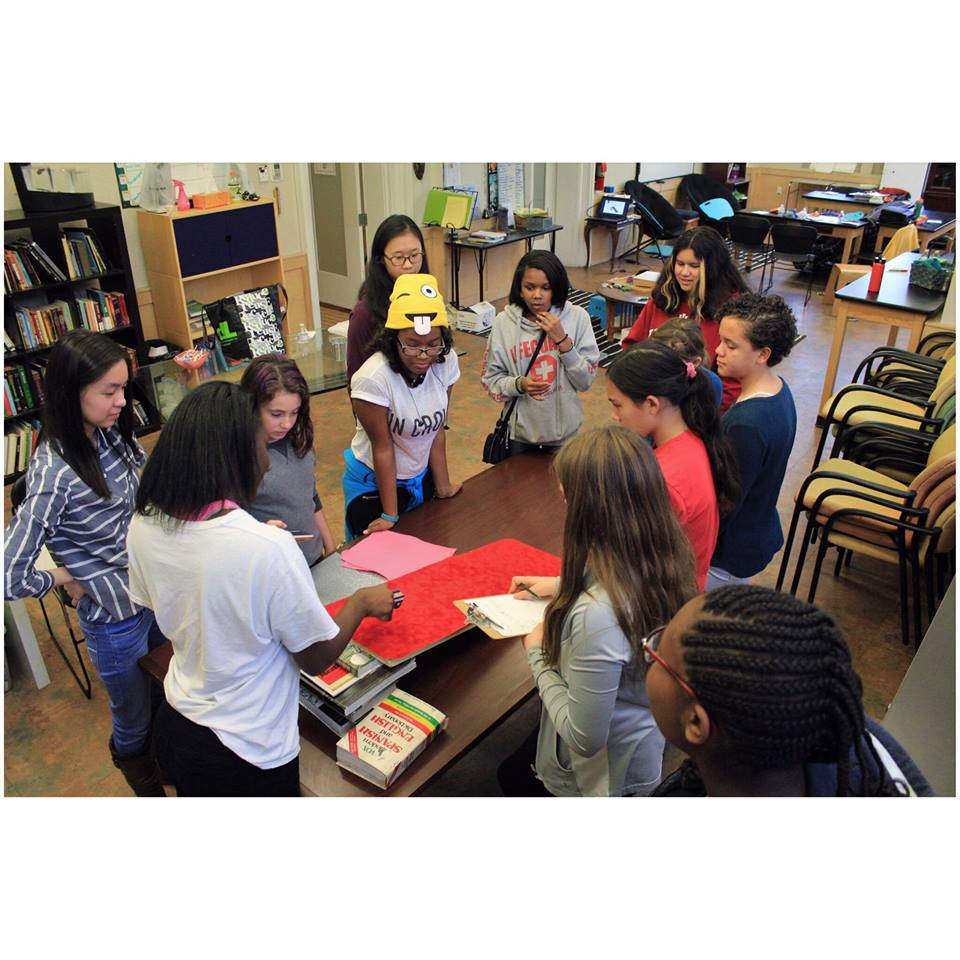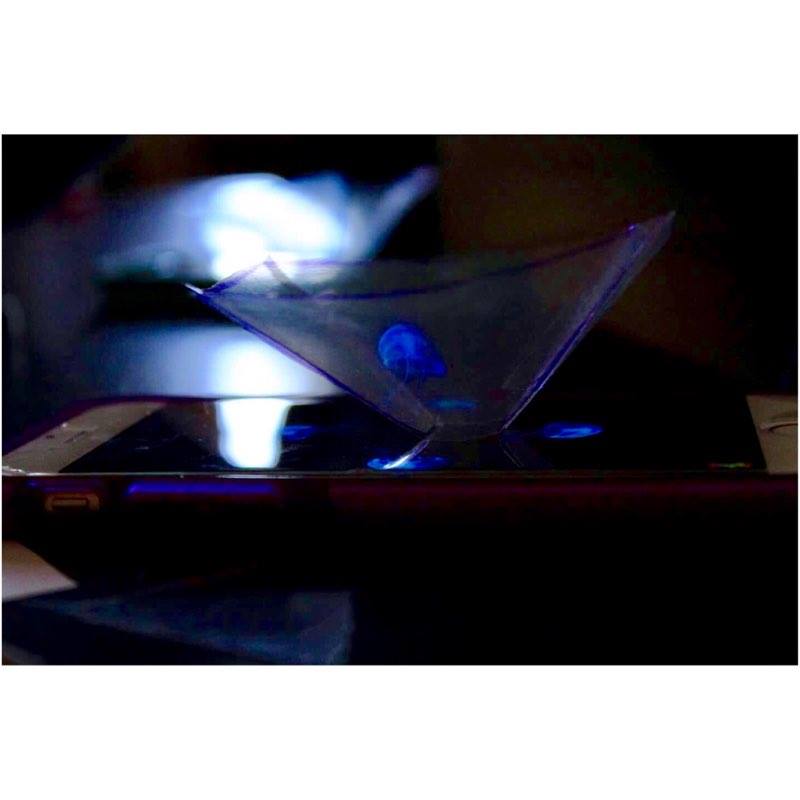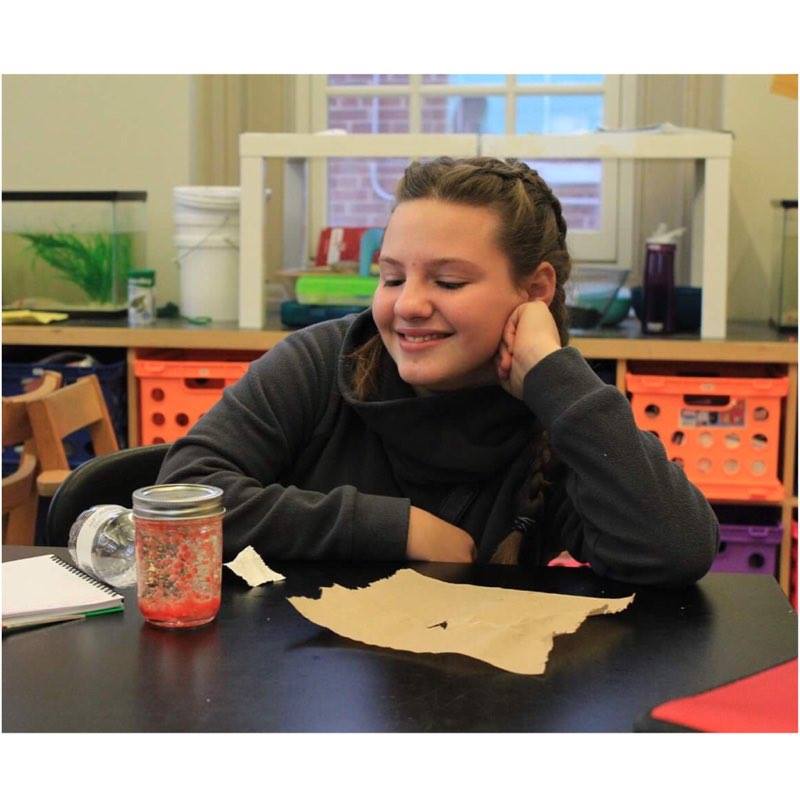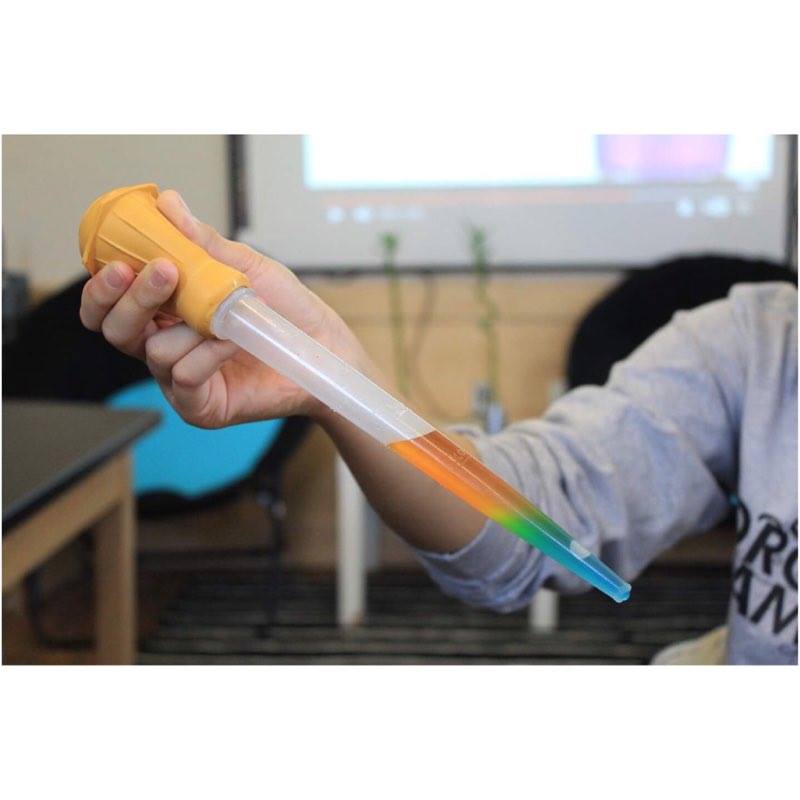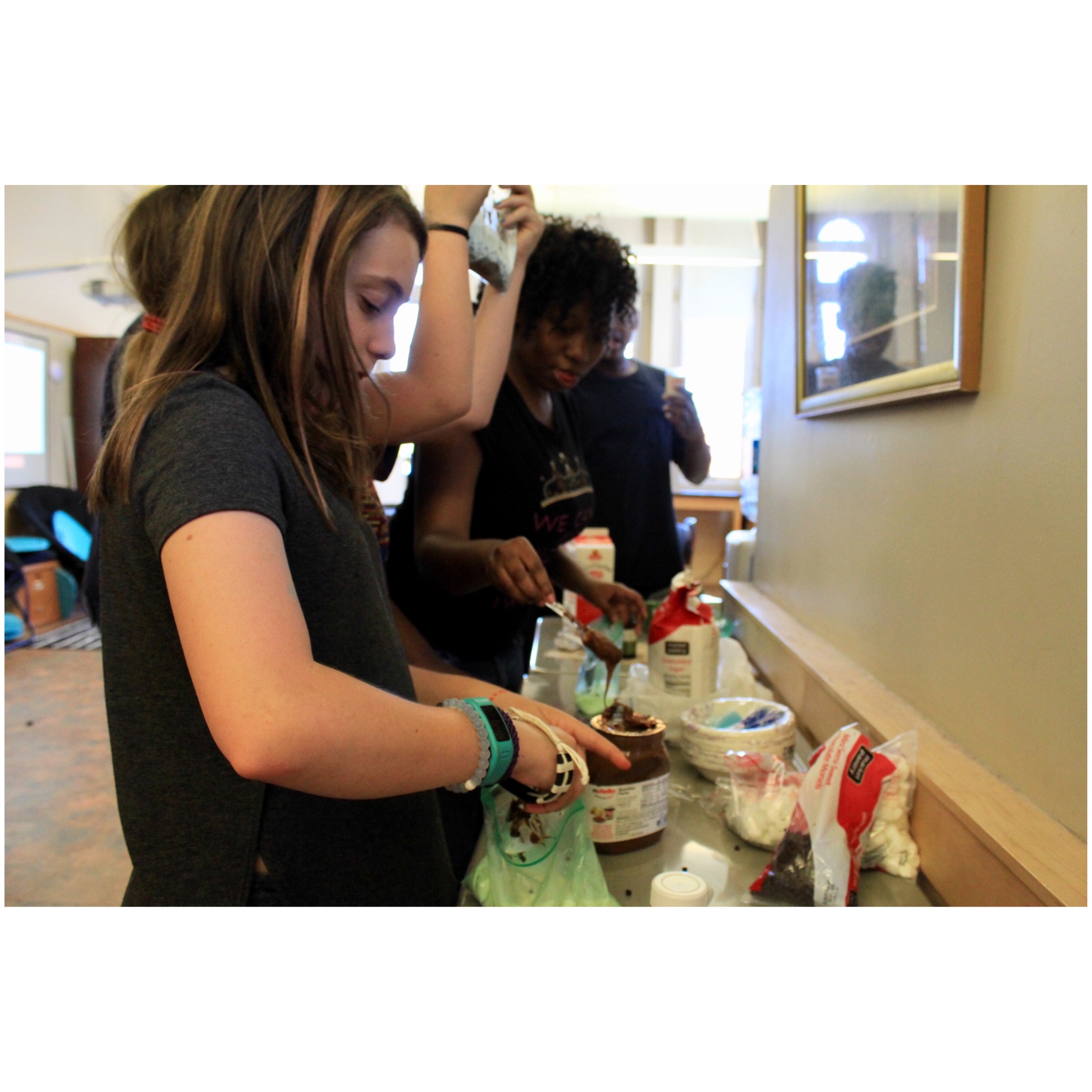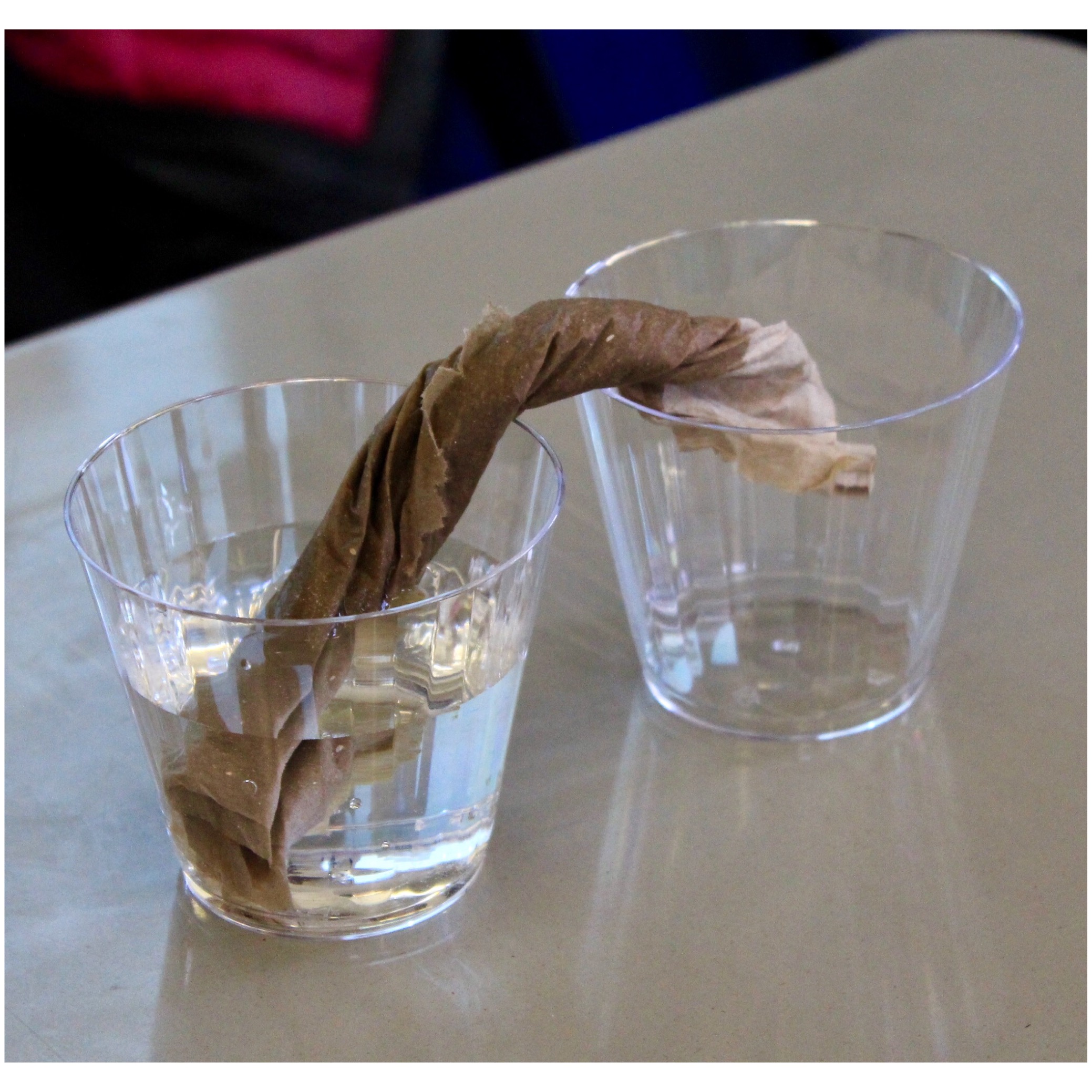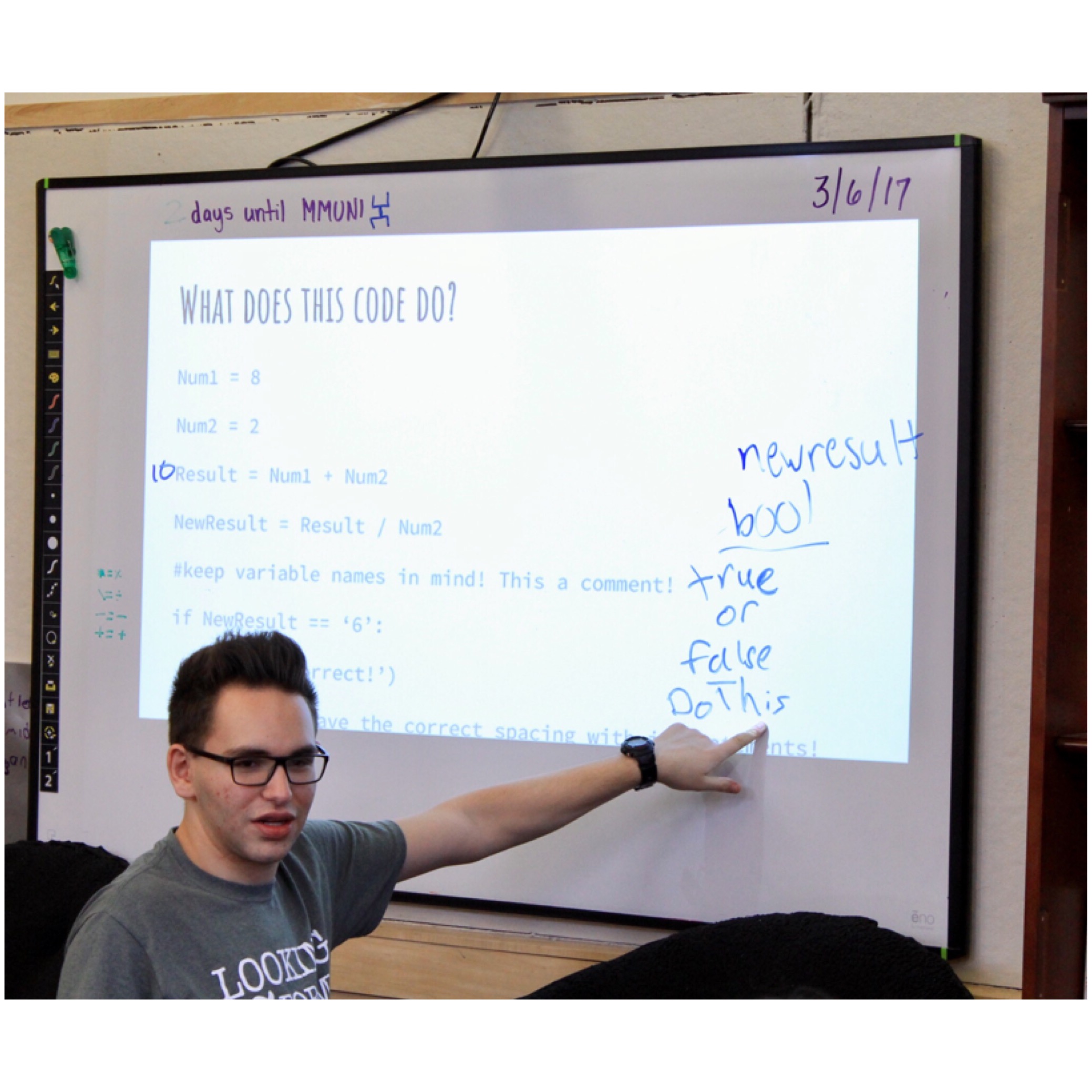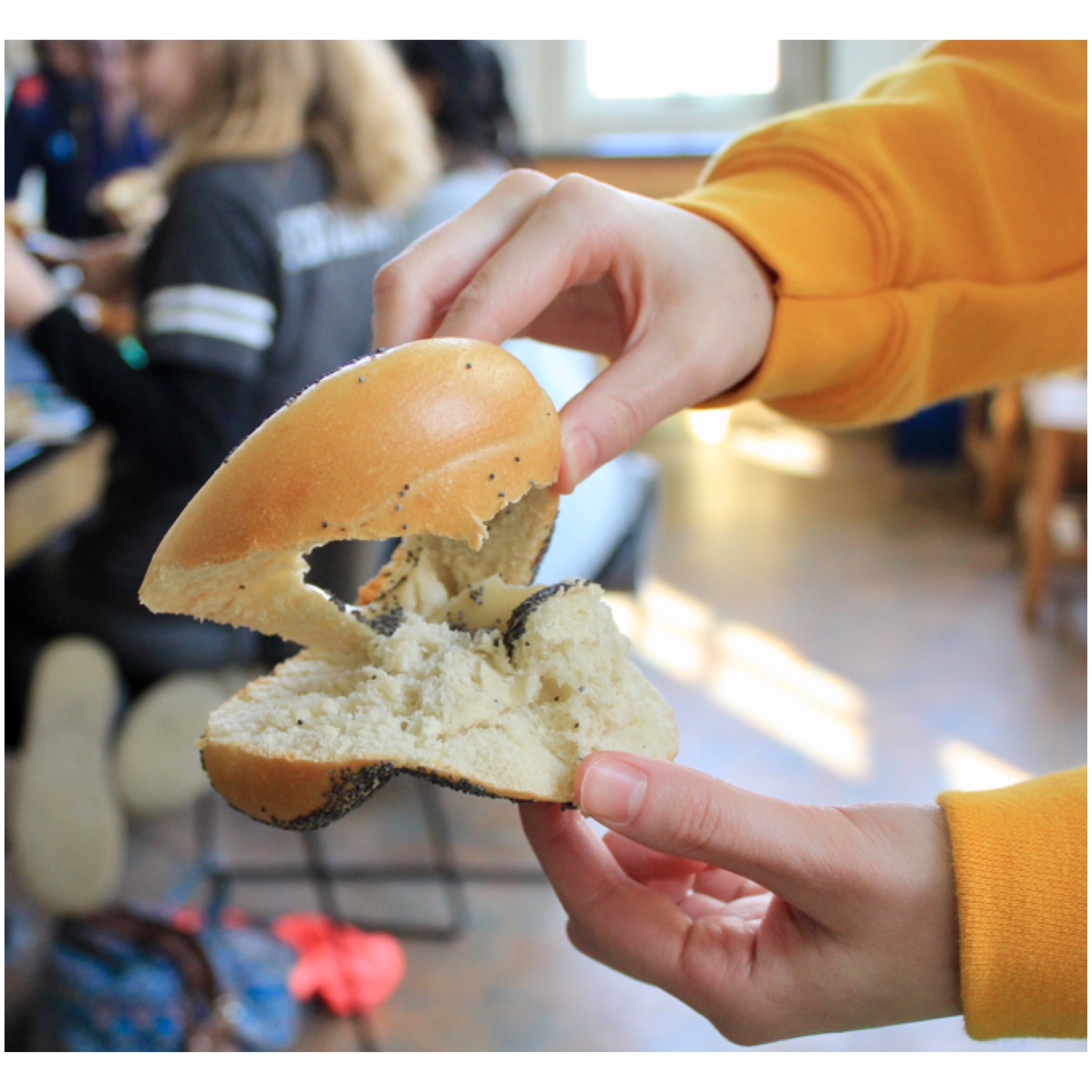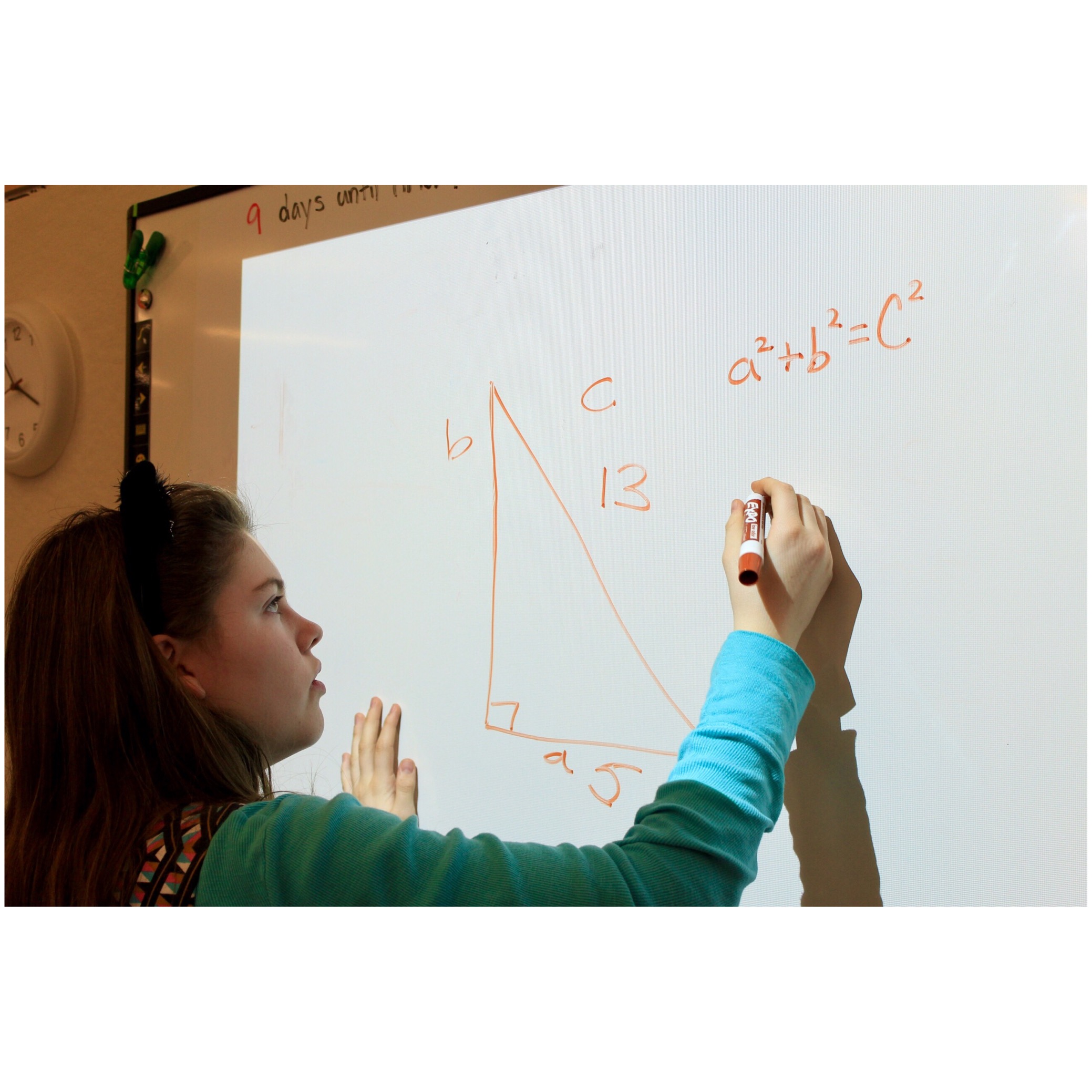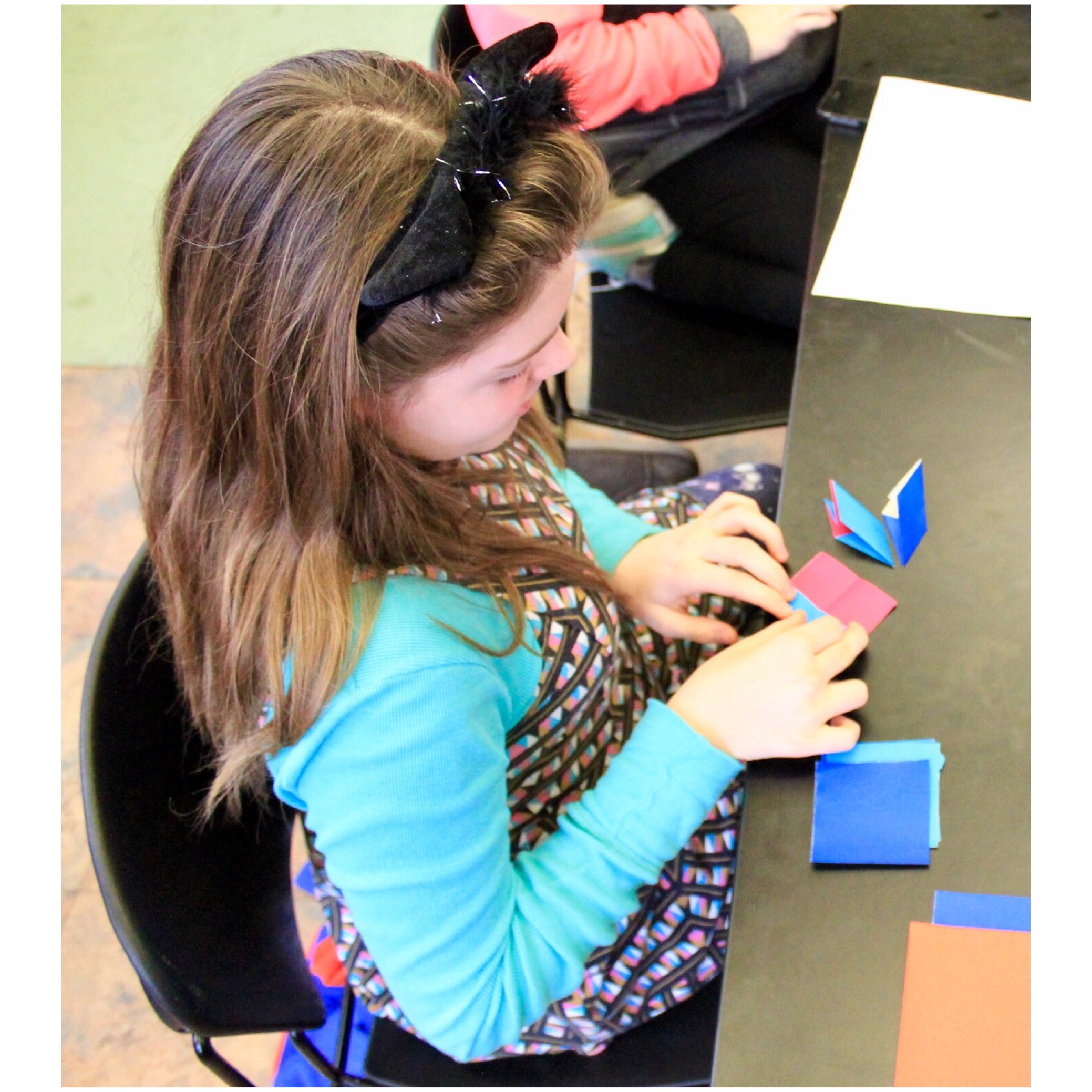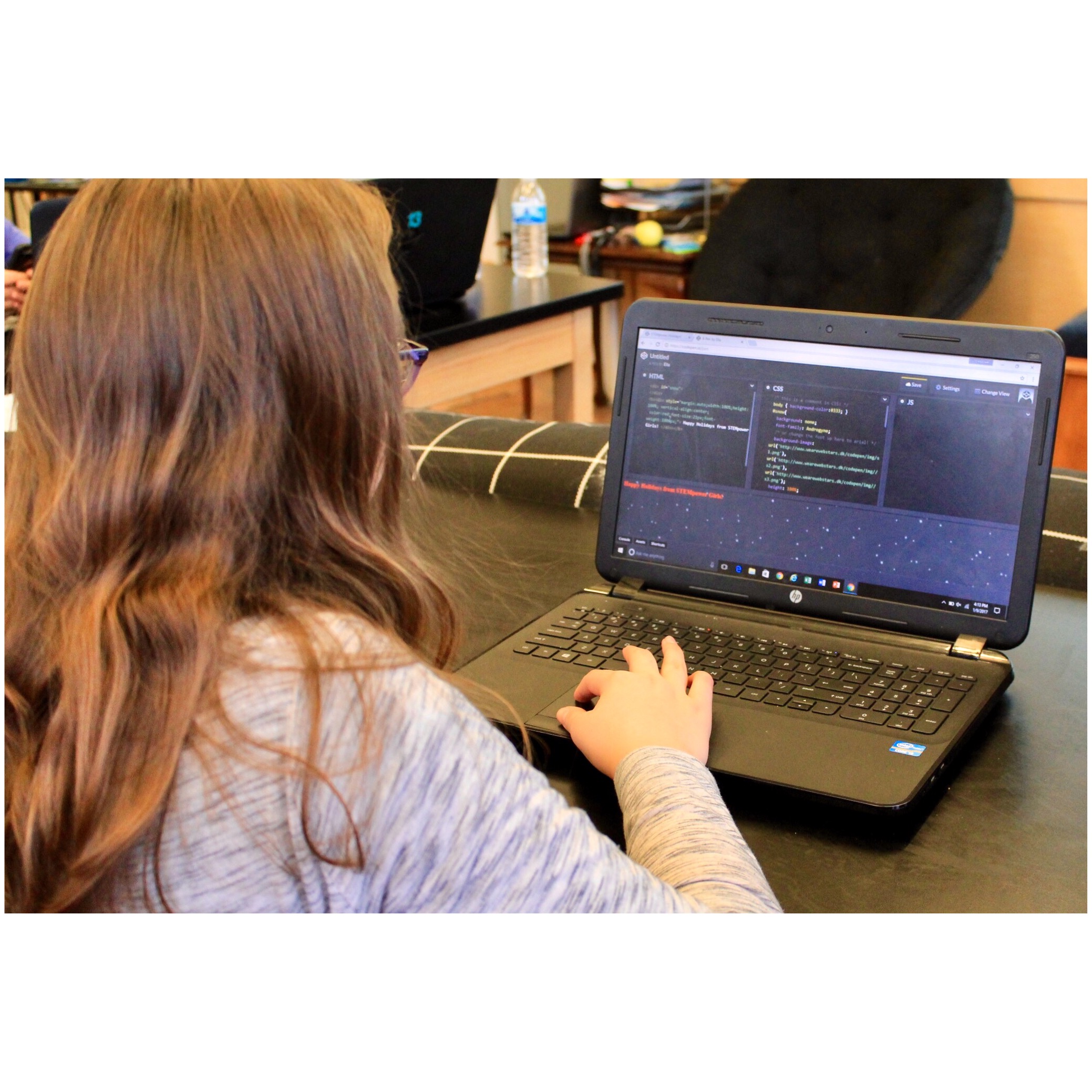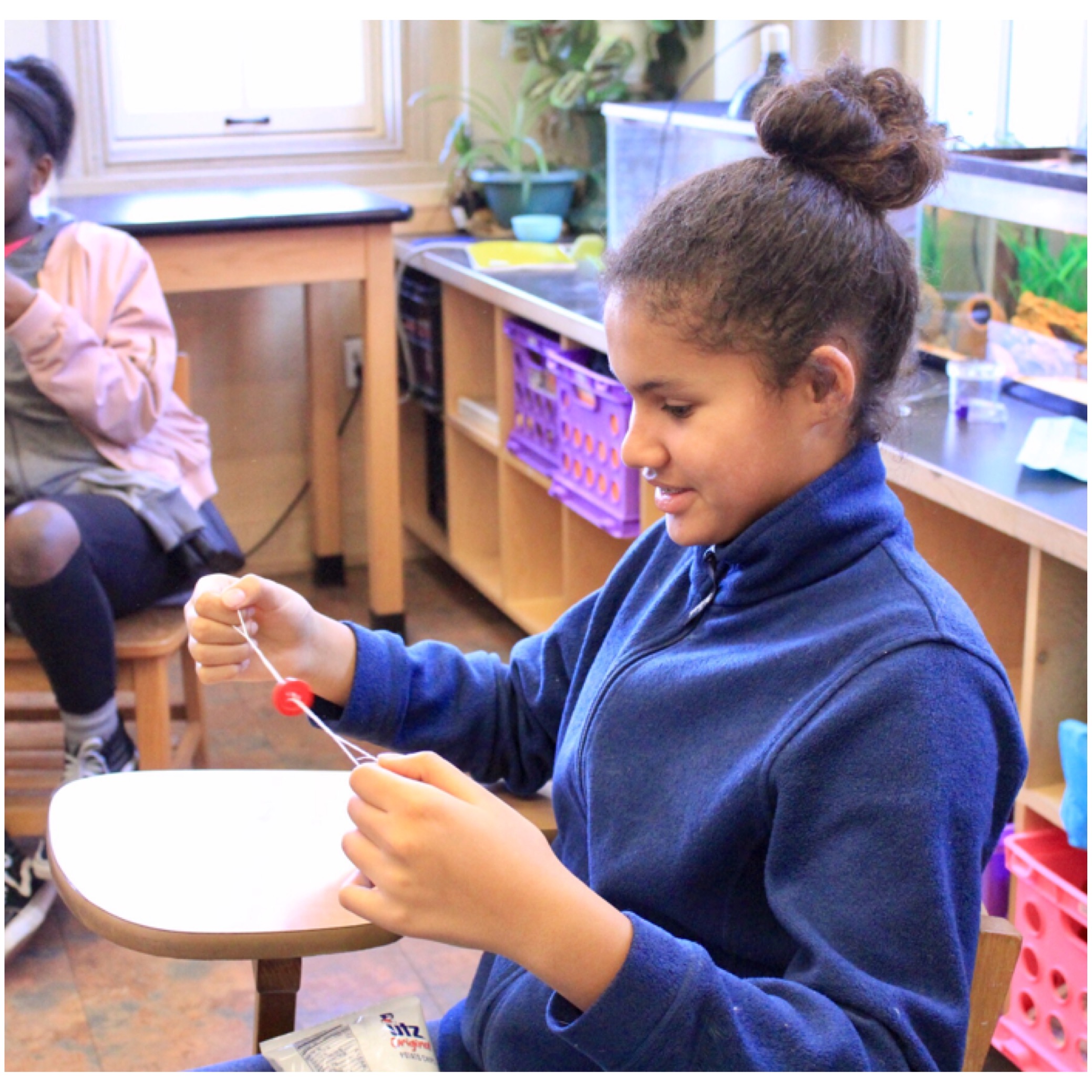Click on a photo to learn what we did that day!
STEMpower Girls consists of a weekly after-school STEM program for middle school students. We aim to cultivate an interest in STEM fields through engaging and enriching hands-on activities and lessons.
-
Our first workshop about light interference and holography was a great success. Our girls made their very own holograms.
-
What a sweet chemistry experiment! Our girls learned about different types of mixtures and density. They then created their own density columns by mixing different amounts of sugar with colored water and then stacking them - also known as “sugar rainbows.”
-
Have you ever made a pumpkin throw up? Our chemical reaction experiment with hydrogen peroxide and the catalyst, sodium iodide also known as “elephant's toothpaste,” did just that. Our girls learned about the different types of chemical reactions, its properties, and applications with a Halloween twist.
-
Our girls got groovy and learned about hydrophobic and hydrophilic molecules while building on their knowledge about acid-base reactions to help us create an effervescent reaction with Alka-Seltzer, water, and oil.
-
Our girls learned about trusses and the physics behind the engineering for our Thanksgiving themed meeting. We then got our hands dirty and built some beautifully constructed trusses using cranberries and toothpicks. Turns out cranberries aren't just for eating!
-
Must everything succumb to gravity? Armed with new knowledge about gravity and air resistance, our girls battled the powerful force by constructing parachutes from plastic bags and string.
-
By empirically analyzing the speed of a toy car traveling down a ramp of different surfaces, our girls were able to become familiar with dry friction while also exploring its subcategories: kinetic and static friction.
-
Our girls learned about the importance of being able to code in today’s technologically-advanced era. After learning important coding terminology, our girls got creative and constructed their own Python adventure projects using one of our templates for assistance.
-
For our winter themed meeting, our girls continued with our coding templates and learned web design programming techniques by using HTML, CSS, and JavaScript in order to make it snow, play with color codes, and draw cartoons.
-
After learning about surface tension, intermolecular bonds, and the function of soap and sugar in bubbles, our girls were able to explain how bubbles are formed and how they retain spherical shapes. Our girls then had fun experimenting with surface tension and cohesion by blowing bubbles inside each other - bubble inception!
-
Our girls delved into the medical sciences and learned about the applications of a laboratory centrifuge as well as the science behind the process: the centrifugal and centripetal forces. Inspired by Stanford University’s bioengineers, our girls made whirligig toys to simulate the “paperfuge” which is a pivotal innovation benefiting developing countries.
-
This week got quite slimey! After learning about macromolecules and polymer formation, our girls used white glue, a polymer composed of long chains of polyvinyl acetate molecules, and borax to create gooey yet highly resistant and viscous slime!
-
Extracting DNA from strawberries! With just common household items like salt and detergent, our girls learned about the purposes of each material for this lab technique as well as the properties of a plant cell and its genetic material!
-
Folding paper to make different objects can get a bit tricky. That's why knowing your shapes can come in handy. This week, our girls learned about the different types of triangles, their properties, and even learned how to use the Pythagorean theorem with special right triangles. With this new knowledge, they were able to recognize the many different triangles that were formed while constructing their origami figures!
-
Our girls learned more programming skills!
-
Answer: To get to the same side! In honor of Pi Day, our girls learned all about circles. In addition, we introduced a mathematical phenomenon, the Möbius strip. Unbeknownst to most people, slicing a bagel the “möbius way” can maximize the surface area of a bagel so that more cream cheese can be packed on! This is because a Möbius strip only has one side and one edge.
-
In this lesson, our girls were introduced to subatomic particles, namely protons and electrons, and how they function in a current in order to produce electricity. They were then able to experiment with an electricity set in order to construct series and parallel circuits.
-
Adding on to last week’s lesson, our girls learned about the conductivity of different materials in order to classify them as insulators or conductors. They then solidified their knowledge by testing different materials such as aluminum foil, coins, paper, and plastic to see whether or not they would light up a light bulb. The surprise of the day was when they discovered that salt water is a conductor due to ionic properties!
-
Can water defy gravity? How can certain insects walk on water? These were some of the few questions our girls pondered this week for another chemistry lesson. Our girls learned about capillary action and performed experiments to see how intermolecular forces between water molecules and surface tension allow for capillary action to occur.
-
Sugar, butter, salt, milk - this list of ingredients is common for making sweet treats, but also have a cool (pun intended) science behind them. While preparing a summer treat, our girls learned about the freezing-point depression, the interaction between salt and ice, and the science behind the basic components of ice cream. Just as salt lowers the temperature at which water freezes in snowy regions, the salt solution we used today to make ice cream allowed the ice to melt below normal freezing temperatures.

